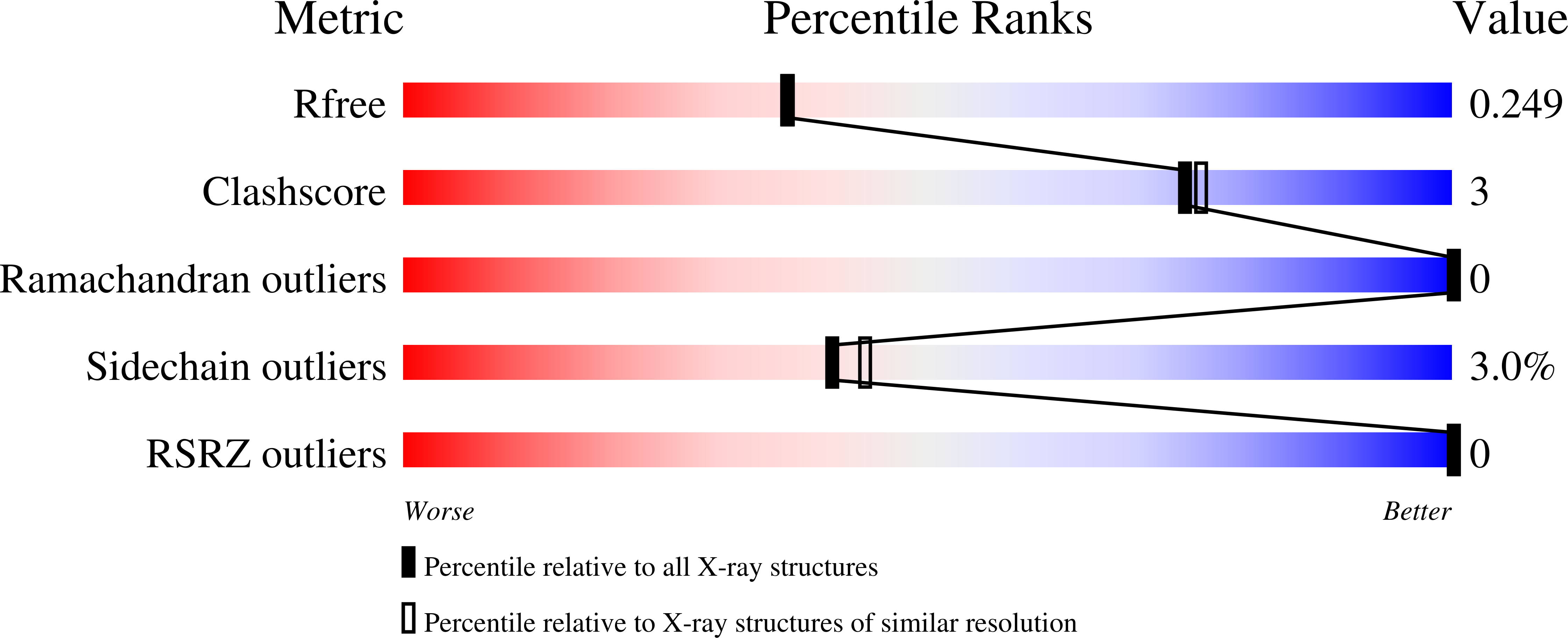
Deposition Date
2022-06-28
Release Date
2022-07-20
Last Version Date
2024-11-06
Entry Detail
PDB ID:
8A9D
Keywords:
Title:
Multicrystal room temperature structure of Lysozyme collected using a double multilayer monochromator.
Biological Source:
Source Organism:
Gallus gallus (Taxon ID: 9031)
Host Organism:
Method Details:
Experimental Method:
Resolution:
2.10 Å
R-Value Free:
0.24
R-Value Work:
0.19
R-Value Observed:
0.19
Space Group:
P 43 21 2


